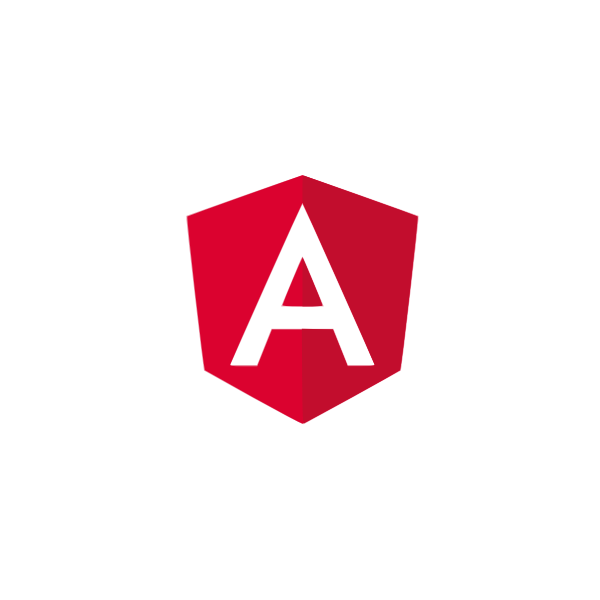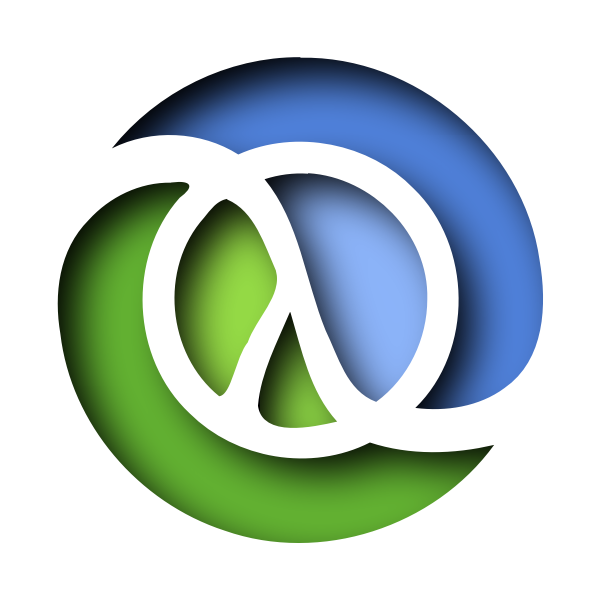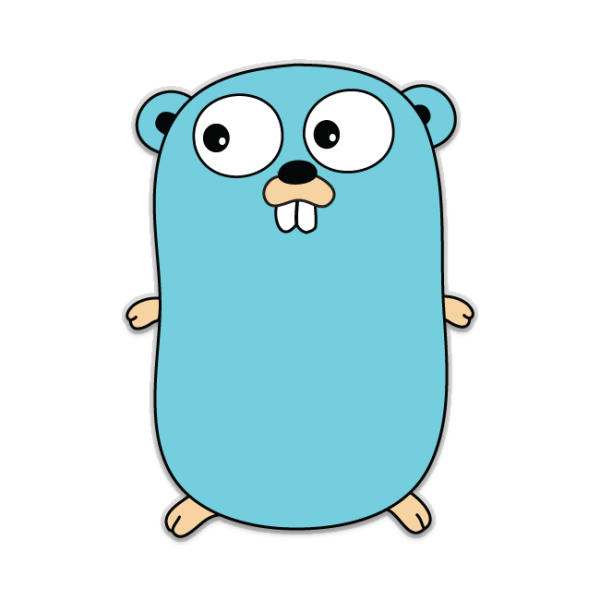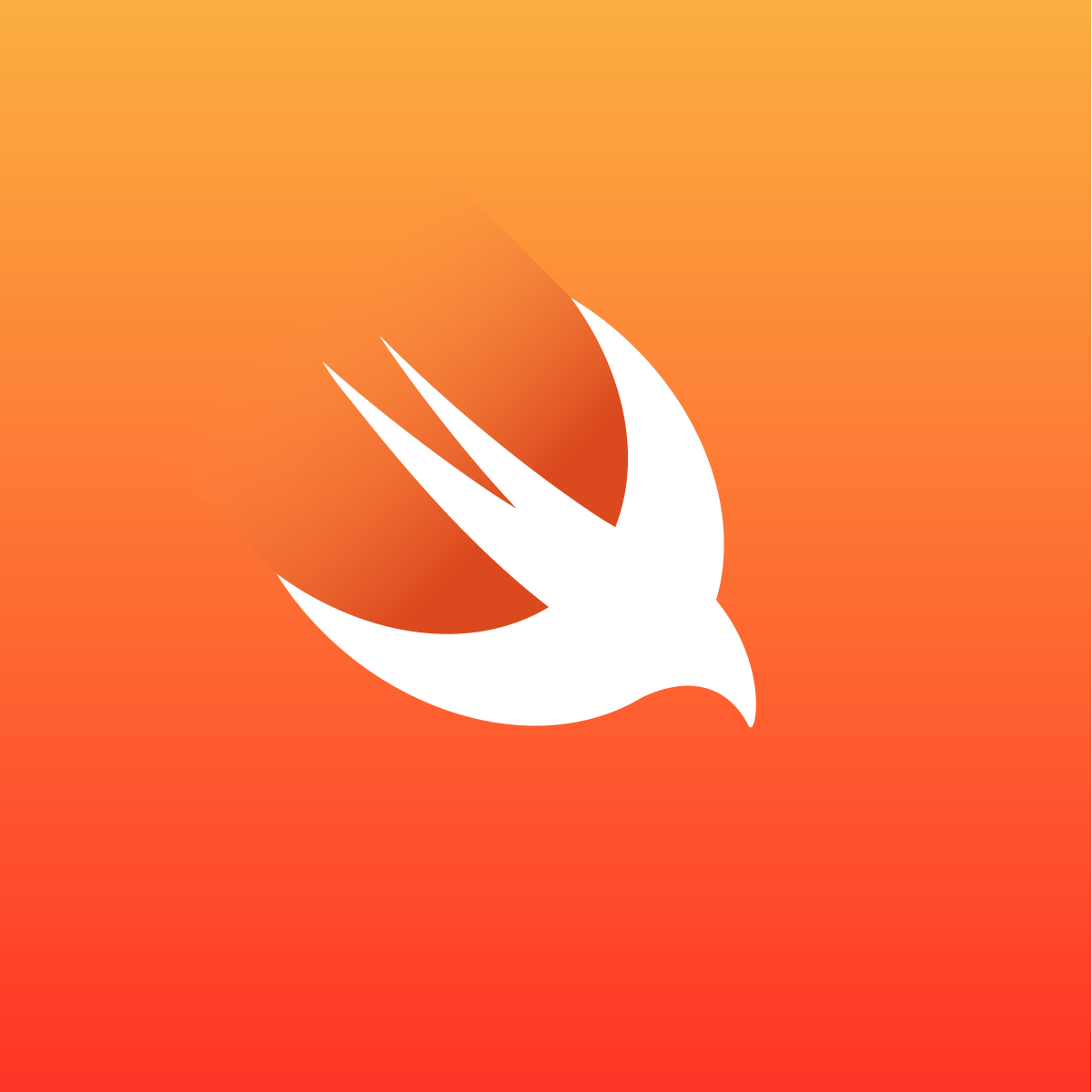Test Elm Programs
elm-program-test provides a convenient API that works with
elm-test
(including Test.Html)
for testing your Elm programs as complete units.
How to install
-
Install the elm-explorations/test.
-
Install the elm-program-test using the command
elm-test install avh4/elm-program-test
Guidebooks
Note: If you are just looking for a quick example of what using elm-program-test looks like,
see the "basic example" below.
For more detailed documentation, the following guides show examples of how to use
elm-program-test to test different aspects of an Elm program:
- Testing programs with interactive views — shows an example of test-driving adding form validation to an Elm program
- Testing programs with Cmds — shows testing a program
that uses
Http.getandHttp.post - Testing programs with ports — shows testing a program that uses ports to interface with JavaScript
- Upgrading from elm-program-test 2.x to 3.x
Basic example
In this example, ProgramTest.createElement and start are used to initiate testing of the imagined MyProgram module
(which follows the Elm architecture).
Then clickButton is used to simulate user interaction with the program,
and finally expectViewHas is used to assert the final state of the program's displayed HTML.
import Test exposing (..)
import Test.Html.Selector exposing (class, text)
import ProgramTest exposing (clickButton, expectViewHas, start)
import MyProgram -- just an imaginary example
exampleProgramTest : Test
exampleProgramTest =
test "cannot publish without a title" <|
\() ->
ProgramTest.createElement
{ init = MyProgram.init
, update = MyProgram.update
, view = MyProgram.view
}
|> start ()
|> clickButton "New Post"
|> clickButton "Publish"
|> expectViewHas
[ class "invalid-article"
, text "You must provide a title before publishing"
]
Testing programs with flags and/or navigation
This example tests a program that requires both flags and navigation.
There are variants of the ProgramTest.create* functions (see all) for each type of Elm program supported by elm/browser,
and there are a handful of other options that can be used to configure the test before starting it.
import Test exposing (..)
import Test.Html.Selector exposing (class, text)
import ProgramTest exposing (ProgramTest, clickButton, expectViewHas)
import MyProgram exposing (Flags, Msg, Model) -- just an imaginary example
start : String -> Flags -> ProgramTest Model Msg (Cmd Msg)
start initialUrl flags =
ProgramTest.createApplication
{ onUrlChange = MyProgram.OnUrlChange
, onUrlRequest = MyProgram.OnUrlRequest
, init =
-- NOTE: the type of MyProgram.init is:
-- MyProgram.Flags -> Navigation.Location -> (MyProgram.Model, Cmd MyProgram.Msg)
MyProgram.init
, update = MyProgram.update
, view = MyProgram.view
}
|> ProgramTest.withBaseUrl initialUrl
|> ProgramTest.start flags
exampleProgramTest : Test
exampleProgramTest =
test "pages show social media link at the end" <|
\() ->
start "https://my-program.example.com/page/9" MyProgram.defaultFlags
|> clickButton "Read More"
|> expectViewHas
[ class "super-social-link"
, attribute (href "https://super.social.example.com/avh4")
]
Testing view modules (not full programs)
You can also use elm-program-test to test things that aren't programs by creating a trivial program.
This example tests a module for a complicated view by making a program with a trivial update function:
import DateTimePicker -- using abadi199/datetimepicker 6.0.0 as an example of a view to test
import Test exposing (..)
import Test.Html.Selector exposing (text)
import ProgramTest exposing (ProgramTest, clickButton, expectViewHas)
startDatePicker :
ProgramTest
(DateTimePicker.State, Maybe Date) -- model: simply the state needed by the view being tested
(DateTimePicker.State, Maybe Date) -- msg: in this trivial program, the msg is simply the new model value
(Cmd never) -- effect: could use any type here, but Cmd seems least confusing
startDatePicker =
ProgramTest.createElement
{ init = \() -> ((DateTimePicker.initialState, Nothing), Cmd.none)
, update = newState model -> (newState, Cmd.none)
, view =
\(state, value) ->
DateTimePicker.dateTimePicker (,) [] state value
}
|> ProgramTest.start ()
datePickerTest : Test
datePickerTest =
test "can advance to the next month" <|
\() ->
startDatePicker
|> clickButton "Next Month"
|> expectViewHas [ text "April 2018" ]


Programming Tips & Tricks
Code smarter, not harder—insider tips and tricks for developers.
#1
#2
#3
#4
#5
#6
#7
#8
#9
#10
Error Solutions
Turn frustration into progress—fix errors faster than ever.
#1
#2
#3
#4
#5
#6
#7
#8
#9
#10
Shortcuts
The art of speed—shortcuts to supercharge your workflow.
#1
#2
#3
#4
#5
#6
#7
#8
#9
#10
Made with ❤️
to provide resources in various ares.
















